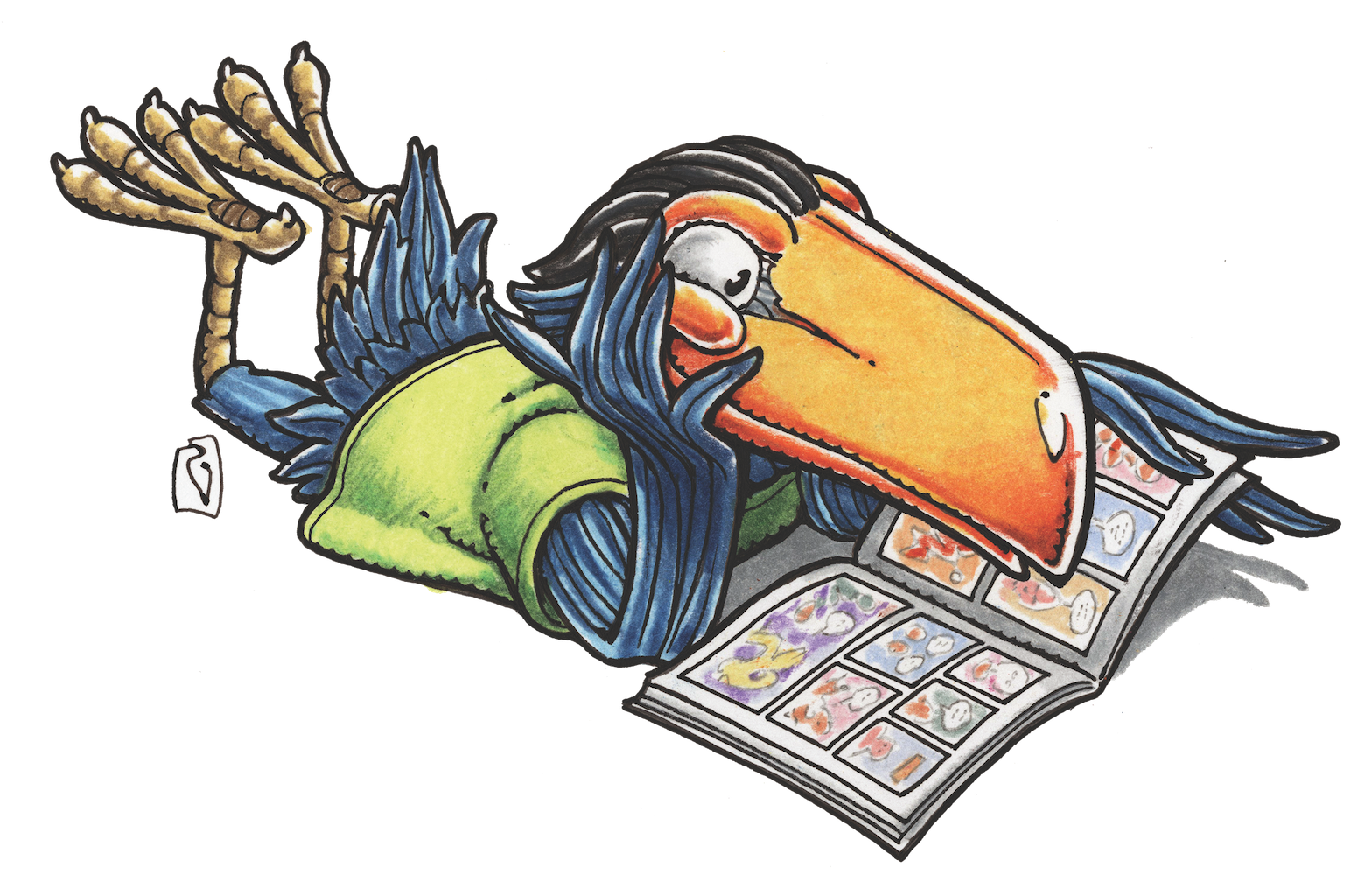STEVE LIEBER’S DILETTANTE
Dilettante 032: Revisiting Alison Bechdel’s Fun Home


Fun Home, Alison Bechdel’s autobiographical graphic novel, first appeared in 2006, but it’s been in the news a lot over the past year. A year ago, Bechdel won the MacArthur Foundation Fellowship, frequently referred to as the “Genius Grant.” In April of this year, the musical stage adaptation of Fun Home opened on Broadway after a successful and well-reviewed Off-Broadway run. In June, the musical won five Tony Awards. And there was a recent dustup when some evangelical students at Duke University objected to the book’s presence on a summer reading list.
I was blown away by the book back when it first came out, and reread it immediately, several times. Now that it’s back in the press (and on the New York Times bestsellers list) I thought this would be a good time to take a look at it from a comics-centric point of view, investigating some of the strategies Bechdel uses as a visual storyteller.
The book is drawn in black ink line with a cool greyish-green tone. The line communicates almost all of the storytelling detail. The tone is mostly there to show local color and pattern, occasionally to depict light and shadow, and always to reinforce the illusion of depth and steer the reader’s eye.
The figures and backgrounds are drawn with a loose, flexible pen line. Few if any of the lines are ruled. Even panel borders are drawn freehand.
Yet all throughout, details of clothing, hair, props, and setting are rigorously depicted. Bechdel and her parents are all serious readers, and when we get a close-up of a page from a book one of them is reading, Bechdel diligently hand-draws the image of that specific page. I haven’t read many comics in my life where the depiction of typography, furniture and architecture are so integral to the story being told. But the marks that delineate these things are all uninflected and casual. There are no bravura displays of draftsmanship or moments that call attention to the author’s skill with a pen. Bechdel generally restricts her linework to small details: dirt, hair, shrubbery, woodgrain, shingles.
The exception to this is when the story calls for showing photographs. Bechdel switches her approach for these moments, building grey values by hatching and crosshatching lots of thin pen lines, using fewer outlines and eliminating the green tone entirely. It’s impossible to mistake one of the “photos” for one of the narrative panels. Each chapter starts with one of these drawings-of-photos, which serve to both reinforce the chapter’s theme and remind the reader that this book is memoir, not fiction.
Bechdel’s figures are all realistically proportioned, and she uses very little in the way of traditional caricature and no exaggerated anatomy. Just about all of her figures are drawn from photo reference, as can be seen in this video on YouTube.
Despite that, her figures aren’t in any way photo-realistic. She’s using the photos as a tool to capture subtleties of construction, weight, and gesture. She cartoons a bit when drawing faces so that their expressions can be easily read, and she uses the occasional motion-wiggle line or flying sweat-drop, always in the service of clear storytelling.
Bechdel’s layouts are similarly straightforward. There’s no exaggerated perspective or expressionist camera angles. Shots are chosen to communicate what’s going on, not to tell the reader how to feel. When we’re shown a bird’s eye view, it’s because that’s the angle that best shows young Alison sitting in a tree watching her brothers play on the ground. She occasionally draws diagrams and maps to explain some spatial arrangement with maximum efficiency. This has the added bonus of working in harmony with one of the book’s primary themes. Characters all throughout the book, including Alison, are repressing or having difficulty even accessing their feelings, approaching intensely emotional situations with a detached, analytical reserve. The distanced, objective quality of a map reinforces this.
Almost every panel of the story is preceded by a short, past-tense narrative caption, These captions communicate basic story information, provide transitions, state and reinforce themes. They’re also where much of what Alison feels is made explicit. It’s worth noting that some of the most intense feelings in the book are put in past-tense captions, rather than being shown “live” in the pictures. On page 77, for instance, Alison gets a letter from her mom that makes her feel awful. Bechdel shows us a close-up of the letter and a caption that says, “Still, I was devastated.” No close-up of tears welling up, no grimace, no anguished body language. Just a simple declarative sentence.
For me, these visual choices add up to a distinct and appealing authorial voice. It’s easy to imagine Bechdel telling the story in person. Understated, restrained and analytical, never getting loud or animated even at the most intense moments, trusting you to grasp the overwhelming significance of what she just said, letting your mind be the path to your heart.
Steve Lieber’s Dilettante appears the second Tuesday of every month here on Toucan!